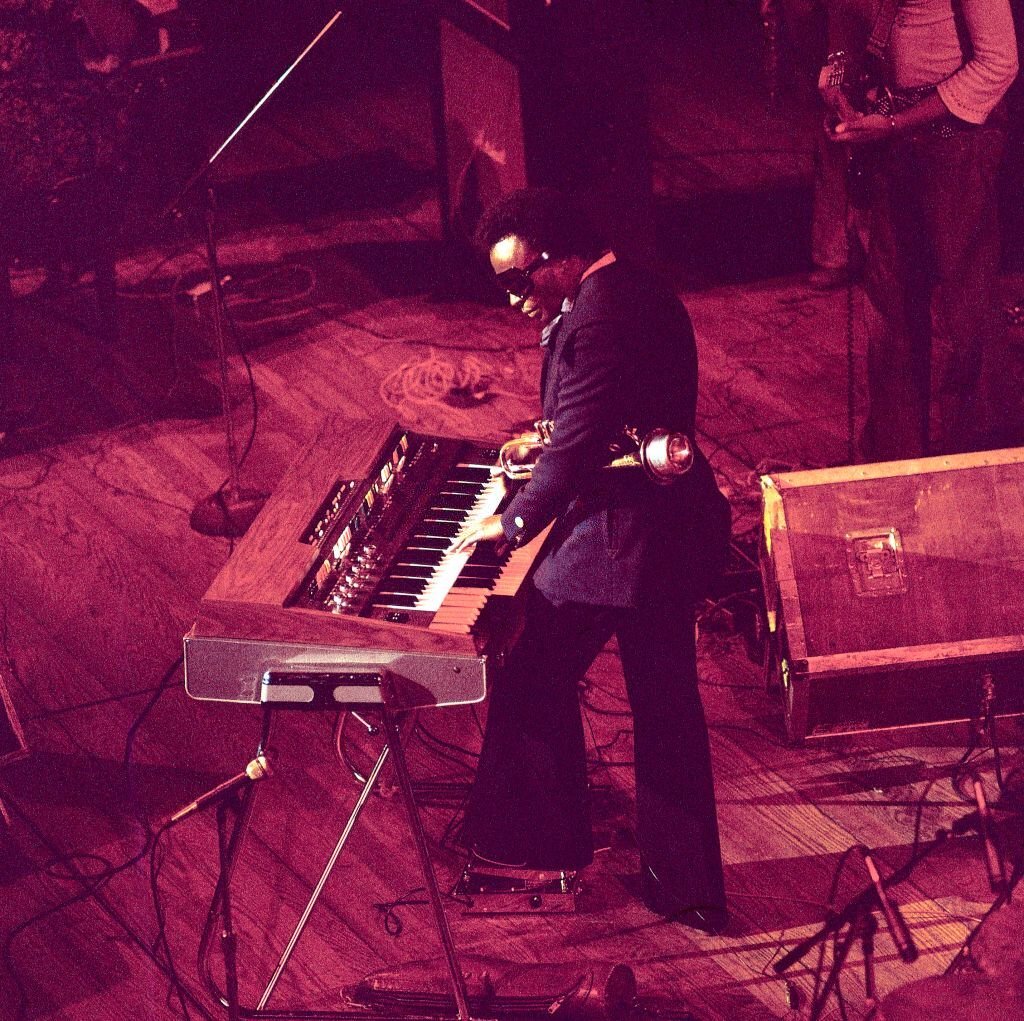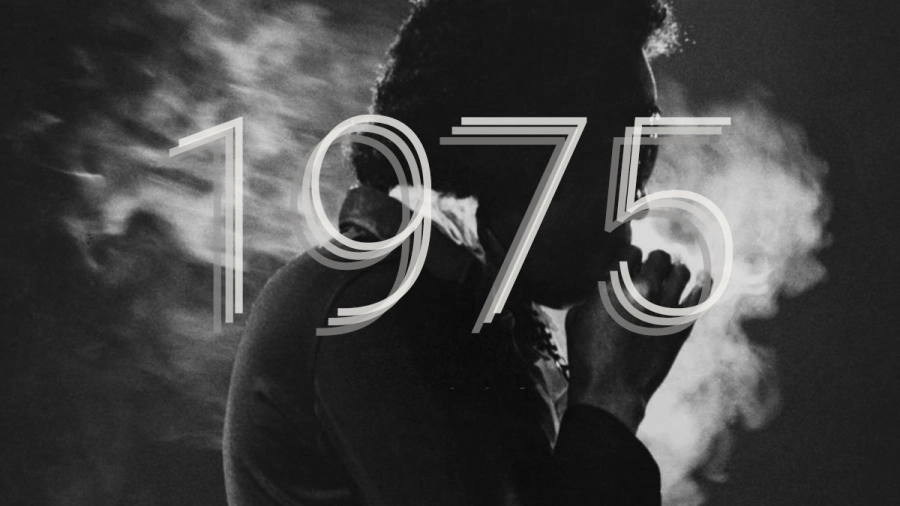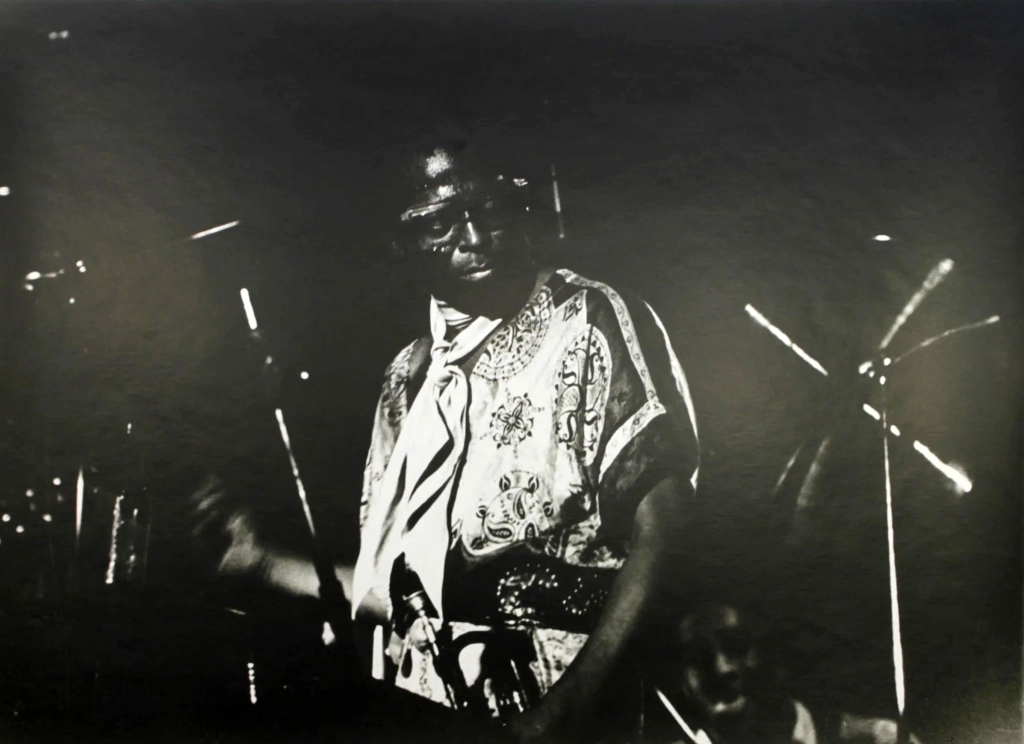The wealth of documentation chronicling Miles Davis’ electric period begins with an 85-minute audience reel captured at a small club in Rochester, NY on February 25, 1969. It concludes here at Lincoln Center on July 1, 1975 with a tape recorded on stage by guitarist Pete Cosey. While Miles would perform his final concert of the 1970s in Central Park on September 5 – a tape of which is yet to surface – at least one subsequent gig in Miami had been booked. When Miles canceled the date last-minute due to ill health, the concert promoter impounded the band’s gear, cauterizing the electric era and kick-starting the trumpeter’s period of seclusion that would last through the end of the decade.
“I was spritually tired of all the bullshit I had been going through for all those long years. I felt artistically drained, tired. I didn’t have anything else to say musically. I knew that I needed a rest and so I took one.
I was beginning to see pity in people’s eyes when they looked at me and I hadn’t seen that since I was a junkie. I didn’t want that. I put down the thing I loved most in life – my music – until I could pull it all back together again.”
from Miles: The Autobiography




Lincoln Center was a venue Miles knew well, having recorded a trio of live albums there, including My Funny Valentine and Four & More during a February 12, 1964 date, as well as the 1972 In Concert LP documenting the barely controlled chaos of his 9-piece ensemble. Given that context, there’s undeniable poetry in Miles returning to the venue for the final recorded performance of his most creatively adventurous era.
Continue reading “7.1.1975 Avery Fisher Hall”















